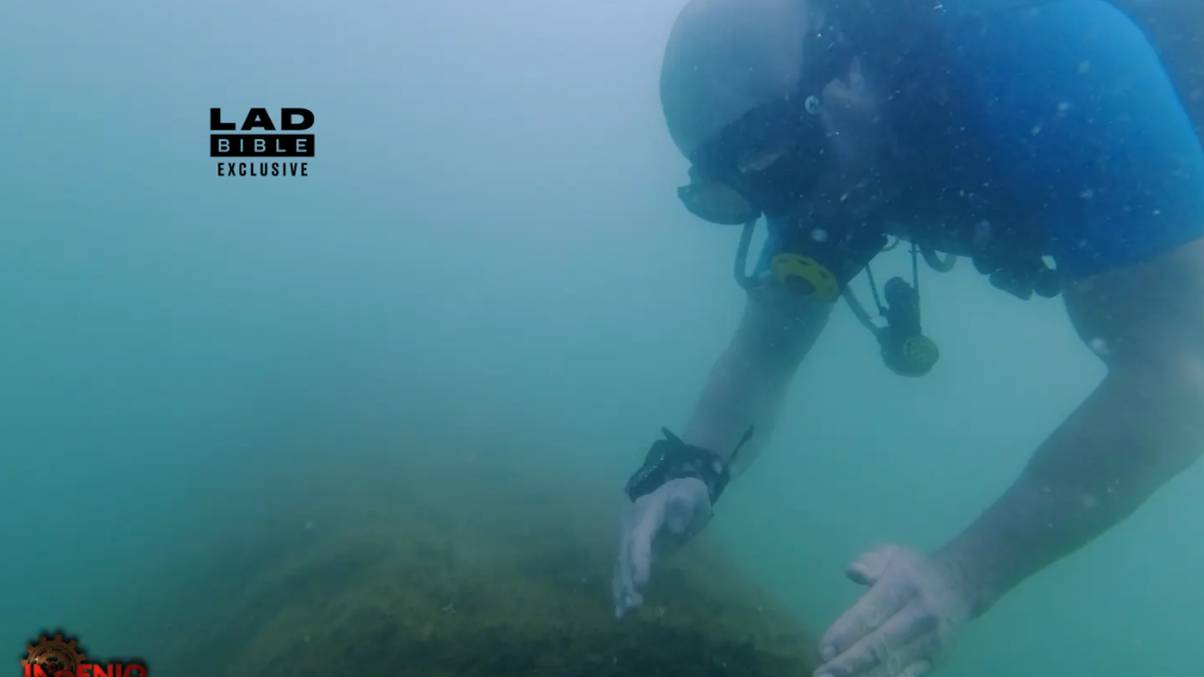“Unveiling the Ocean’s Oddities: 16 Bizarre Fish and Sea Creatures that Defy Imagination!”
Have you ever gazed into a fish tank and thought, “Wow, goldfish really are the pinnacle of aquatic life”? Yeah, me too—until I stumbled down the rabbit hole of the most bizarre fish imaginable! Suddenly, the underwater realm transformed from a bland bowl of ordinary to a crazy ocean circus featuring creatures that look like they swam right out of a sci-fi flick. Picture it: glow-in-the-dark body parts, jaws that shoot out like something from a horror movie, and colors so wild they’d make a rainbow jealous.
Believe it or not, over 80% of the ocean still remains unexplored, which means we’ve only seen a fraction of the weirdness swimming beneath the waves. So, if you thought all fish were just simple, small, and predictable, brace yourself for a shock! Here are 16 of the weirdest fish you’ll ever encounter—each one more outrageous than the last! LEARN MORE.
Growing up, I thought fish were all pretty standard—goldfish in a bowl, maybe the occasional trout on a fishing trip, or, if you were lucky, spotting a shark at the aquarium. But then I learned about some of the most bizarre fish out there, and it’s safe to say my view of the underwater world changed forever. We’re talking about fish that look like they belong in a sci-fi movie, with body parts that glow or jaws that extend like something from a nightmare.
The world’s oceans are still mostly unexplored, and scientists are constantly finding new species. More than 80% of the ocean remains a mystery, so there’s a whole world of weird and wonderful creatures we’ve yet to meet. But even among the fish we do know about, some are so odd that you’d think nature was experimenting with the rules of evolution. If you’ve ever assumed fish are all pretty much all the same, you’re about to be proven very, very wrong.












